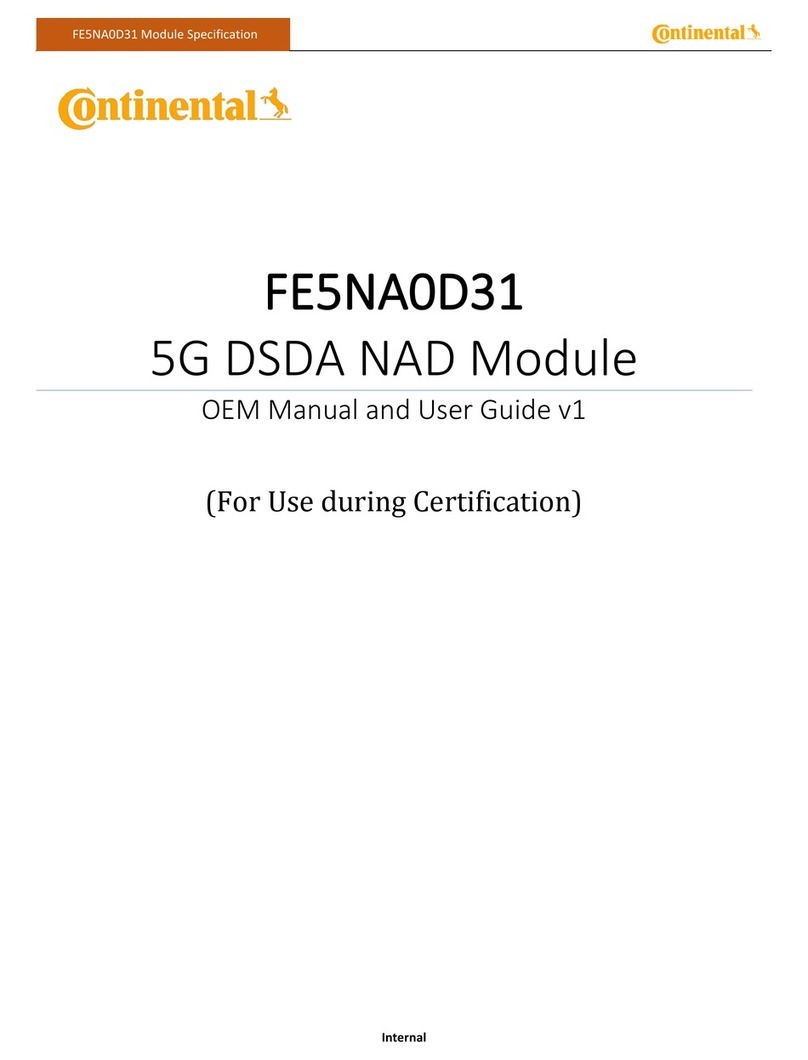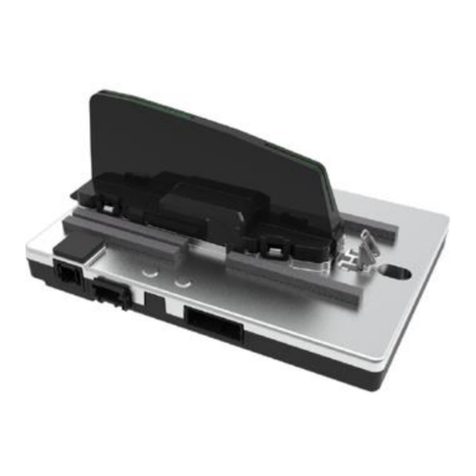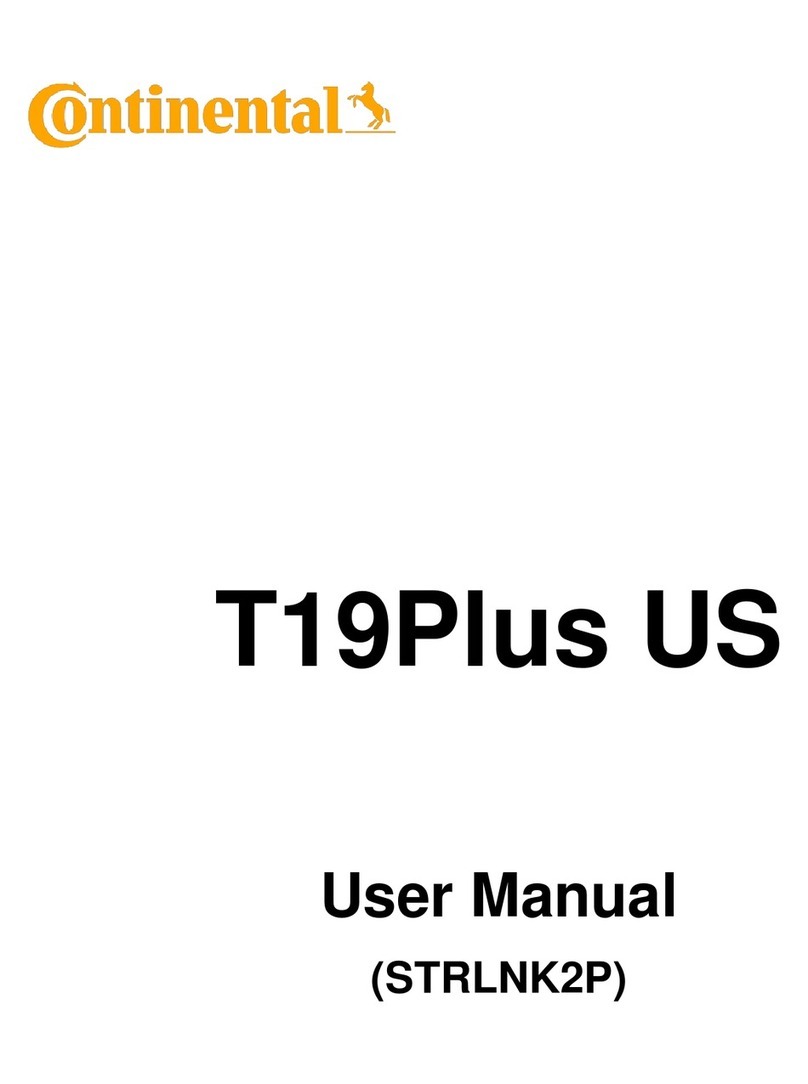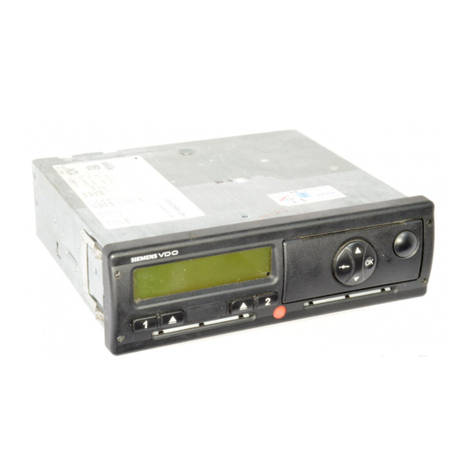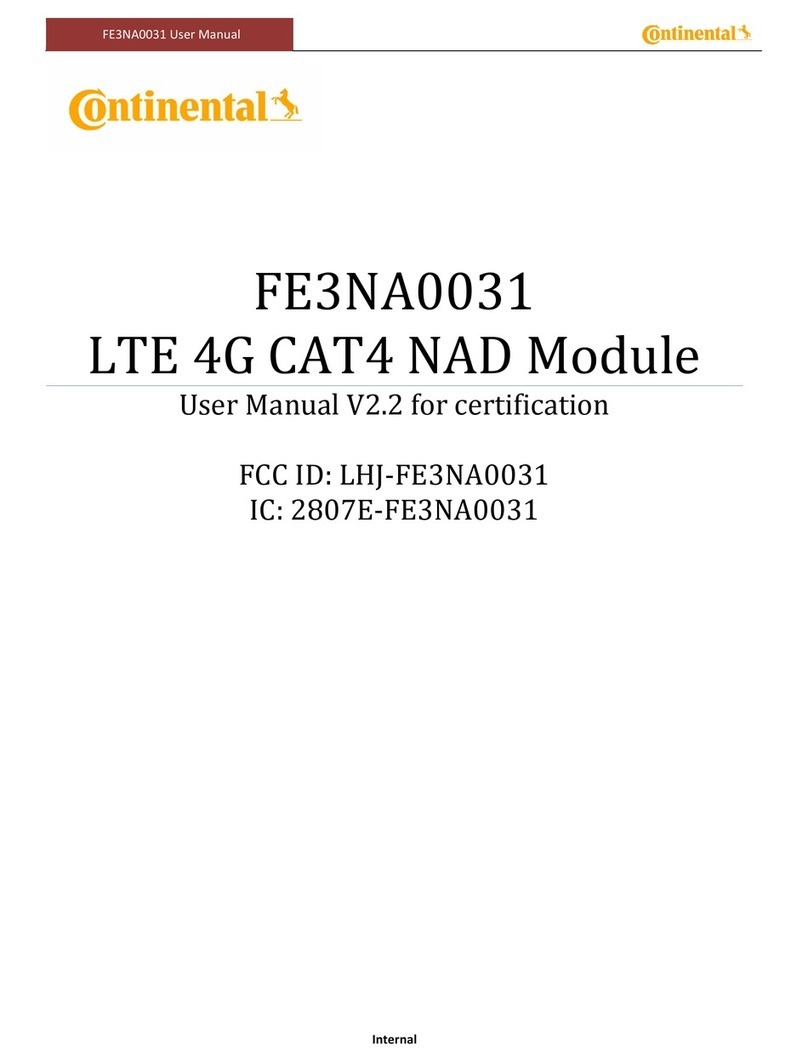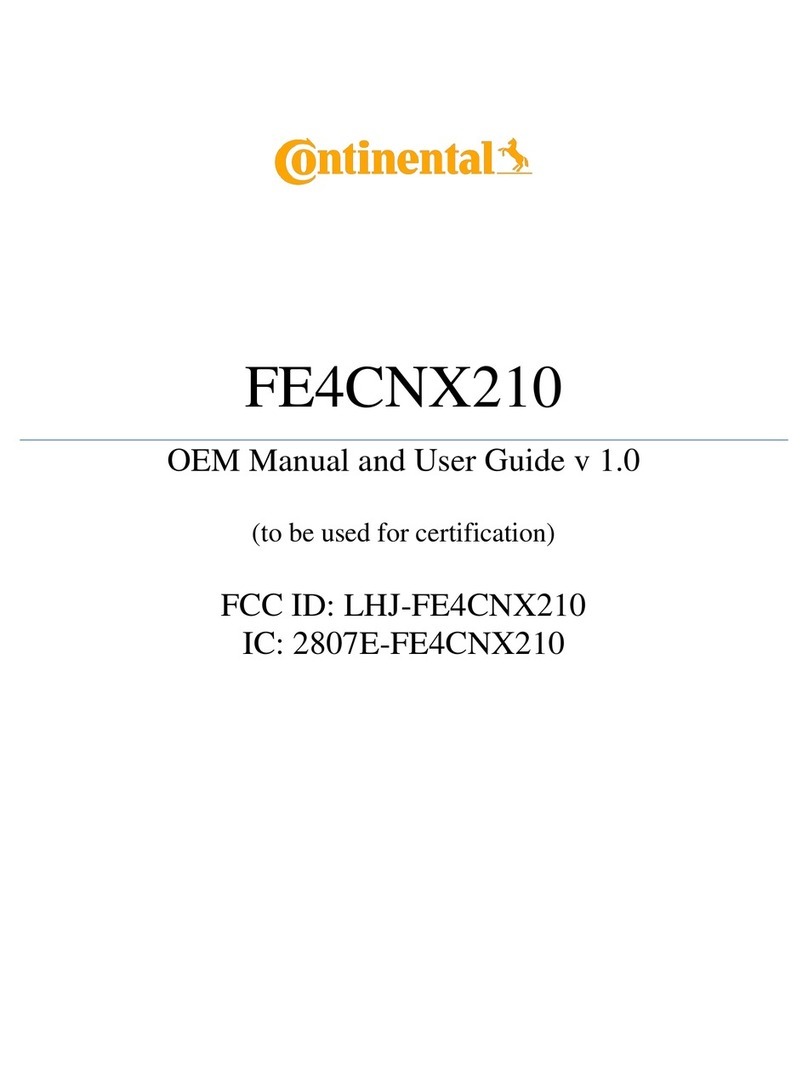Content
1SCOPE OF DOCUMENT ....................................................................................................................................3
2GENERAL PRODUCT INFORMATION..........................................................................................................3
2.1 PRODUCT TYPE:...............................................................................................................................................3
2.2 MANUFACTURER,APPLICANT:........................................................................................................................3
2.3 BRAND/TRADEMARK: .....................................................................................................................................3
2.4 FACTORY/MANUFACTURING LOCATION: ........................................................................................................3
2.5 COUNTRY OF ORIGIN:......................................................................................................................................3
3SYSTEM OVERVIEW.........................................................................................................................................4
3.1 SHORT DESCRIPTION OF THE TCAM...............................................................................................................4
4NORTH AMERICA (NA) VARIANT.................................................................................................................4
4.1 PICTURE OF THE TCAM MODULE...................................................................................................................4
5MECHANICAL DESIGN ....................................................................................................................................5
5.1 CAR MOUNTING POSITION................................................................................................................................5
6IN VEHICLE SYSTEM........................................................................................................................................5
6.1 OHC (OVERHEAD COMPARTMENT)–BY VOLVO............................................................................................6
6.2 BACKUP SPEAKER–BY VOLVO........................................................................................................................7
6.3 BUB (BACKUP BATTERY)...............................................................................................................................7
6.4 DIM (DRIVER INFORMATION MODULE)..........................................................................................................7
6.5 VGM (VEHICLE GATEWAY MODULE).............................................................................................................7
7DESCRIPTION OF THE TCAM MODULE .....................................................................................................8
7.1 PRODUCT FEATURES........................................................................................................................................8
7.2 WIRELESS SERVICES:.......................................................................................................................................9
7.3 INTERFACES: .................................................................................................................................................10
7.4 TCAM1NA2 INTERNAL ANTENNAS: ............................................................................................................10
8TECHNICAL DATA ..........................................................................................................................................11
8.1 STORAGE TEMPERATURE RANGE...................................................................................................................11
8.2 OPERATING TEMPERATURE RANGE ...............................................................................................................11
8.3 SUPPLY VOLTAGE .........................................................................................................................................11
8.4 SUPPLY CURRENT CONSUMPTION ..................................................................................................................11
8.5 POWER CONSUMPTION ..................................................................................................................................11
9WIRELESS SERVICES.....................................................................................................................................12
9.1 2G/GSM: ......................................................................................................................................................12
9.2 3G/UMTS:....................................................................................................................................................12
9.3 4G/LTE:........................................................................................................................................................12
9.4 GNSS RECEIVER: ..........................................................................................................................................13
9.5 ISM RECEIVER: .............................................................................................................................................13
9.6 WI-FI: ...........................................................................................................................................................13
9.7 BLUETOOTH LOW ENERGY:...........................................................................................................................13
10 LABEL INFORMATION..................................................................................................................................14
10.1 USA/CANADA...............................................................................................................................................14
11 OWNER MANUAL STATEMENTS ...............................................................................................................14
11.1 OWNER MANUAL USA/CANADA...................................................................................................................14


